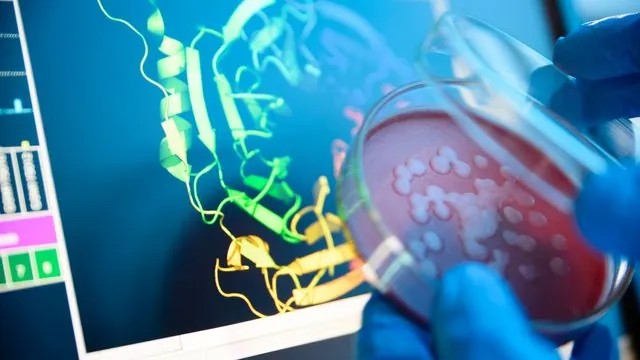
Urgent Action Required: Plastic Additives Linked to Dramatic Sperm Count Decline
2025-08-19
Author: Sarah
A Warning from the Experts
Top reproductive scientists are sounding the alarm about plastic additives that may be significantly contributing to sharply declining sperm counts globally. Recent controversies over chemical regulations have jeopardized progress on a vital treaty aimed at tackling plastic pollution.
Sperm Counts on a Downward Spiral
For the past 50 years, studies reveal sperm counts have been plummeting at an alarming rate of approximately 1% per year, with corresponding declines in human fertility. While factors like obesity, sedentary lifestyles, and aging populations are often cited as contributors, Dr. Shanna Swan from Mount Sinai argues that environmental toxins are the leading culprits.
Dr. Swan's groundbreaking research, first published in 2017, identified a staggering 60% decline in sperm counts among men in North America, Europe, and Australia from 1973 to 2011. Updating their research in 2023, they included fresh data from Africa, Asia, and South America, revealing even more disturbing trends.
A Shocking Acceleration in Decline
By analyzing multiple countries, Dr. Swan's team discovered that trends were alarming in both western and non-western nations. The previously steady decline has now accelerated, with studies post-2000 showing a rate exceeding 2% per year.
The Hidden Threat of Chemical Pollution
Dr. Swan's urgency comes at a time when chemical pollution is being recognized as a significant threat on par with climate change. Recent reports from Deep Science Ventures indicate that the consequences of chemical pollution are receiving far less scrutiny than they deserve.
Plastic Additives: A Direct Link
Since the widespread use of plastics exploded around 1950, sperm rates have been inversely impacted. Dr. Swan emphasizes the connections between common plastic additives, such as phthalates and bisphenols, and dwindling sperm counts. Phthalates, which give plastics their soft texture, are everywhere—from medical tubing to food containers. Conversely, bisphenols are responsible for hardening plastic but add estrogenic effects.
The Impact on Future Generations
The implications of these endocrine disruptors are especially significant for developing fetuses and embryos. Previous studies by Dr. Swan have shown that exposure during critical development phases can result in severe reproductive issues, including deformities and long-term fertility impairment.
Need for Immediate Action
While negotiations unfold in Geneva over a comprehensive treaty to combat plastic pollution, Dr. Swan emphasizes the urgent need for action on alternative plastic additives. Individuals can make changes to reduce exposure, such as using glass containers and being mindful of takeout options, but ultimately, systemic solutions are essential.
The Road Ahead Looks Grim
Unfortunately, recent talks in Geneva have ended without progress, as oil and gas-producing nations resisted proposals to cut production and curb harmful chemicals, leaving little hope for immediate reforms.





 Brasil (PT)
Brasil (PT)
 Canada (EN)
Canada (EN)
 Chile (ES)
Chile (ES)
 Česko (CS)
Česko (CS)
 대한민국 (KO)
대한민국 (KO)
 España (ES)
España (ES)
 France (FR)
France (FR)
 Hong Kong (EN)
Hong Kong (EN)
 Italia (IT)
Italia (IT)
 日本 (JA)
日本 (JA)
 Magyarország (HU)
Magyarország (HU)
 Norge (NO)
Norge (NO)
 Polska (PL)
Polska (PL)
 Schweiz (DE)
Schweiz (DE)
 Singapore (EN)
Singapore (EN)
 Sverige (SV)
Sverige (SV)
 Suomi (FI)
Suomi (FI)
 Türkiye (TR)
Türkiye (TR)
 الإمارات العربية المتحدة (AR)
الإمارات العربية المتحدة (AR)